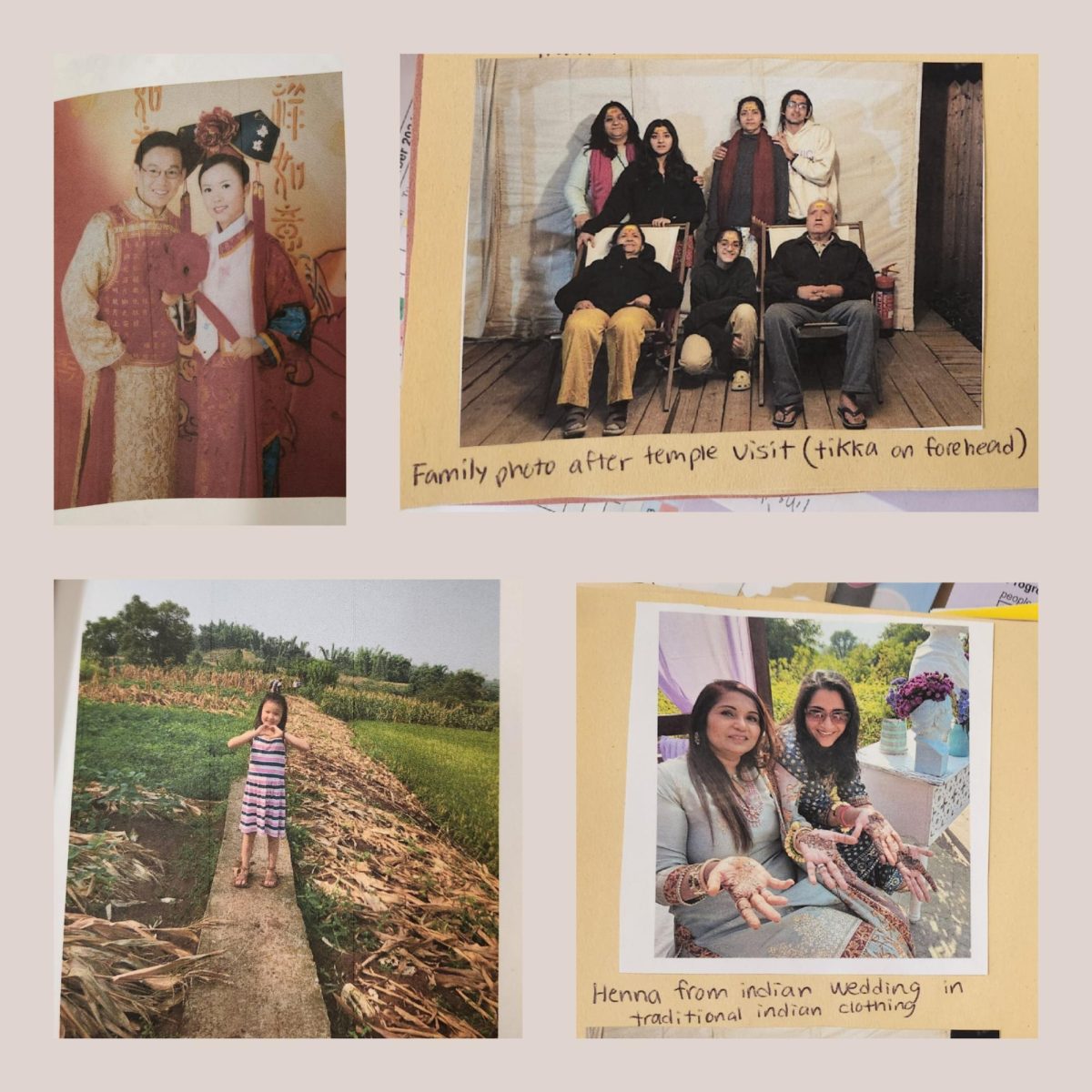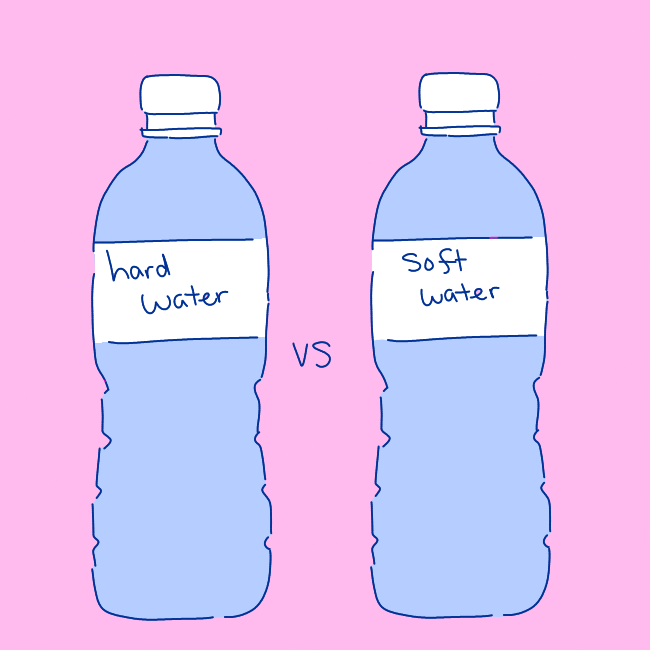For the first time since the pandemic began, the school has seen a big uptick in COVID-19 cases following the return from winter break.
Before the return to school on Jan. 3, at least 29 students and five staff members had initially tested positive, assistant principal Brian Thompson said. The weekend before, the district distributed over 1,000 free at-home rapid testing kits. It also increased on-campus PCR testing opportunities with Inspire Diagnostics. Because they were considered to be close contacts, dozens of students have been tested on campus. This testing revealed another nine student cases and two staff cases in the first week after break for a total of 38 student and 7 staff cases, respectively.
“The virus is very active right now in the Saratoga community at large,” Thompson said. “The school and district [will] continue to follow all of the COVID safety guidelines established by the County Health Department and County Office of Education.”
With the rise in cases, multiple on-campus activities were affected — including the varsity boys’ basketball team having to postpone a game against Los Altos on Jan. 7, due to two positive COVID-19 cases.
The school’s decision to distribute more than 1,000 self-administrable rapid test kits on Sunday, Jan 2, was intended to mitigate the spread of COVID-19, especially given the rise of the contagious Omicron variant and the prevalence of student travel during the break, Thompson said.
The district has also been using contact tracing to test students who come in close contact with a positive case, leading to over 1000 PCR tests being administered to SHS students and staff the week of Jan. 3-7. Students identified as close contacts are asked to test twice — one test as soon as possible, and another five days after.
Both students and staff have found the school’s COVID-19 prevention efforts to be well-organized and accessible.
Despite anticipating nose irritation, senior Parsa Hashemi found the school’s COVID-19 testing process to be “rather quick and easy.” He thinks that mass testing has “done a decent job of keeping the student body safer than we would think.”
Sophomore Maithreyi Bharathi, who tested positive with a rapid test distributed by the school on Jan. 4, also believes that increased testing is an important preventative measure.
“I’m glad that both the PCR and rapid tests are free,” Bharathi said. “Because the school was asking everyone to test, a lot of cases were revealed this week, preventing more people from becoming infected.”
According to Thompson, when the administration discovers a positive COVID-19 case, they reach out to the student or staff’s family to establish a close contact list from the previous 48 hours, including people and locations on the SHS campus as well as in the community as a whole.
“Once we have established a close contact list, we will pull out every student on our close contact list to make sure they have the chance to take a PCR test with us on day one of their notification,” Thompson said. “For some days we only pull out only 15-20 students, but other times we’ve had to test more than 150 students in a day.”
The school’s stay-at-home policy for students and staff who test positive has changed over break. In light of the Centers for Disease Control and Prevention updating their recommended self-isolation period from 10 days to five, SHS adjusted their policy accordingly. In an email sent on Jan. 7, the school outlined the Santa Clara County Public Health Department’s new isolation and quarantine protocols, stating that students who test positive should quarantine for five days and may return to school upon receiving a negative test and carrying no symptoms — if untested, the full 10-day isolation is still required.
While the eased restrictions on self-isolation appeal to some students, many like senior Shani Chiu, who tested positive for COVID-19 over winter break, prefer the school’s previous policy of quarantining for 10 days with mandated additional testing afterward.
“I think it’s good to let students quarantine for 10 days and I also think [the administration] should make it mandatory that after the 10 days are over you’d need to take another test to see if it’s fully out of your system,” Chiu said.
She also suggested further COVID-19 protocols, such as requiring students to use rubbing alcohol or hand sanitizer to regularly wipe down their desks and wash their hands.
Overall, Hashemi, Bharathi and Chiu think that a surge in positive cases is inevitable. Nevertheless, they approve of the administration’s efforts in giving free rapid and PCR testing opportunities.
“‘[While] the school should definitely keep doing what they’re doing, the problem is just that [they] can’t force kids to take it,” Hashemi said. “I’m sure a lot of kids unknowingly have it or just don’t want to speak up about their symptoms. So a way to crack down on the truths of people’s symptoms and for people to take it more seriously would be ideal.”


























